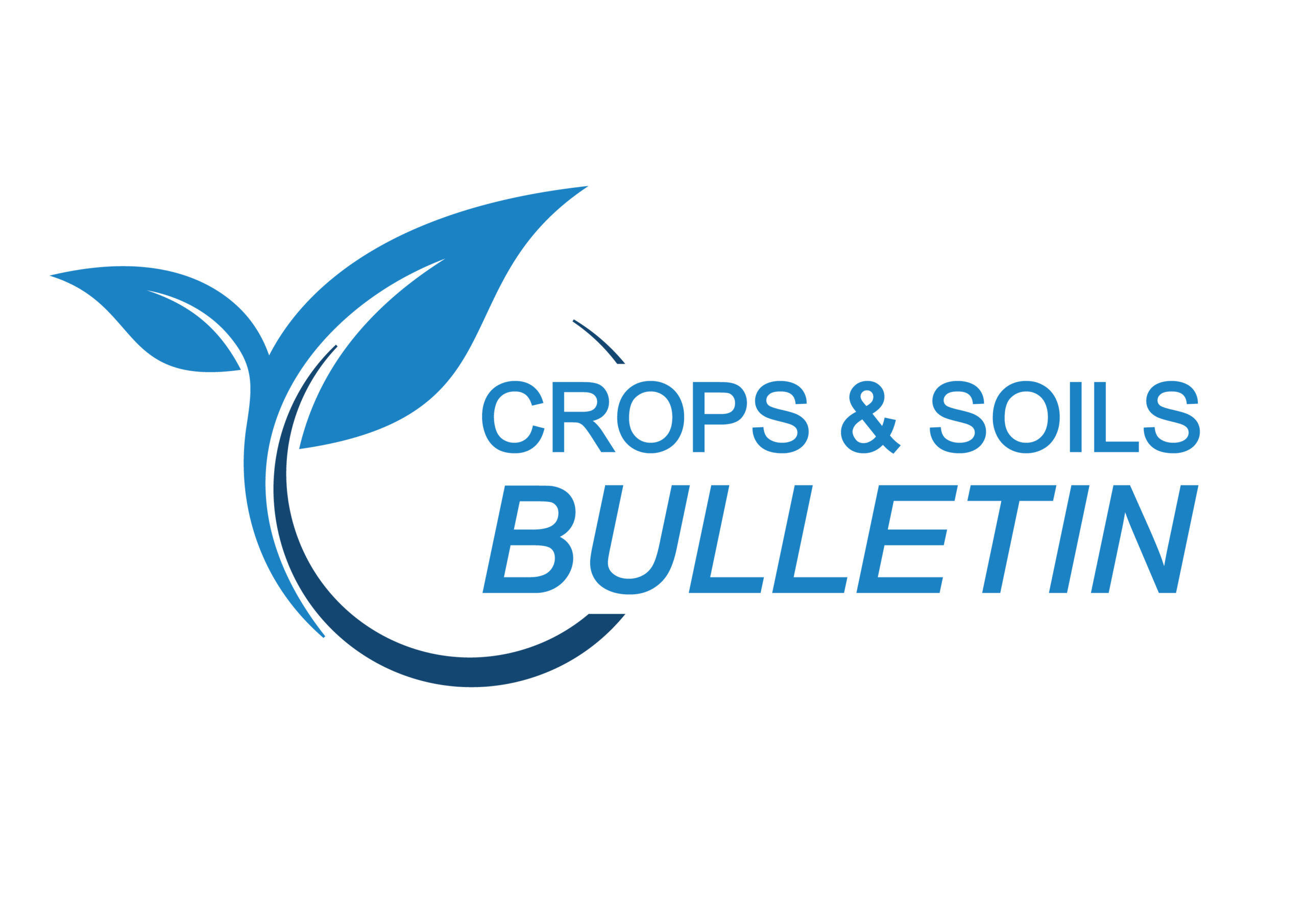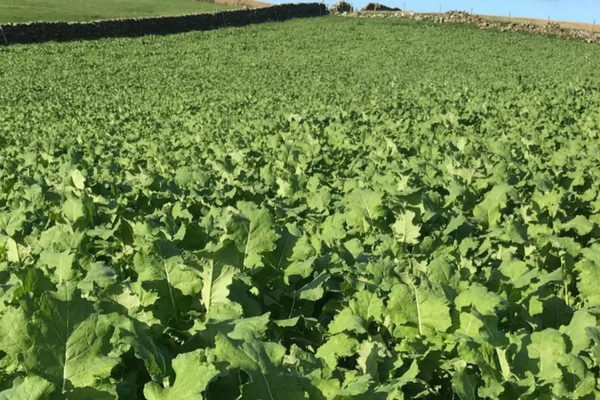Forage Crops in a Late Spring
22 April 2024In a cold and damp spring, the wait for ploughing conditions can be frustrating, never mind trying to achieve the perfect seed bed! With forage crops, there are various options for timing of sowing, and the choice of crop sown largely depends on when it is grazed and what class of stock will graze it.
Forage crops can be split into the quick growing varieties such as hybrids and stubble turnips and the slower growing varieties such as bulbs e.g. swedes and fodder beet.
Quick Growing
These varieties have a short time between sowing and utilising (8-10 weeks), meaning they require moisture in the ground, and conditions that allow for this quick growing.
These have a wide band for sowing time, which is dictated by when it should be grazed, as shown below and meaning there is no rush to sow these types of forage crop in a slow spring. If conditions are time limited, consider direct drilling, this will assist the topsoil in keeping its strength and mitigate the effects of trampling from hoofs.
| Sow | Utilise | |
|---|---|---|
| Hybrid | June - August | From 8 - 10 weeks after sowing |
| Stubble turnip | March - August |
Slow Growing
These varieties have a longer period between sowing and utilisation, are a bulkier crop more suited to winter grazing and require time to grow and bulk in the level of dry matter they offer. If these crops are sown too early in cold soils they can be prone to bolting, alternatively if they are sown too late e.g. late June – July they can be less winter hardy, making them more prone to frost and snow damage as well as having a yield penalty.
| Sow | |
|---|---|
| Kale | May - Late June |
| Swede | May - June |
Given the timing of sowing forage crops is not as time limited as sowing cereal crops, there is time and options for sowing forage crops into the spring and summer months when the weather and conditions improve. Ideally soils should be warm, being at least 50C, however 100C would be ideal.
Tips for Establishment
- Ensure there is good seed to soil contact. In wet soils with cloddy seed beds this may be a challenge.
- Sowing by broadcasting can make access in a wet year easier e.g. limiting the amount and weight of machinery. This may also have the advantage of reducing run off, having soil cover in heavy rain.
- A higher seed rate (~10%) could be used if seed to soil contact is likely to be less than optimal.
Kirsten Williams, Senior Sheep and Beef Consultant, SAC Consulting
Sign up to the FAS newsletter
Receive updates on news, events and publications from Scotland’s Farm Advisory Service


